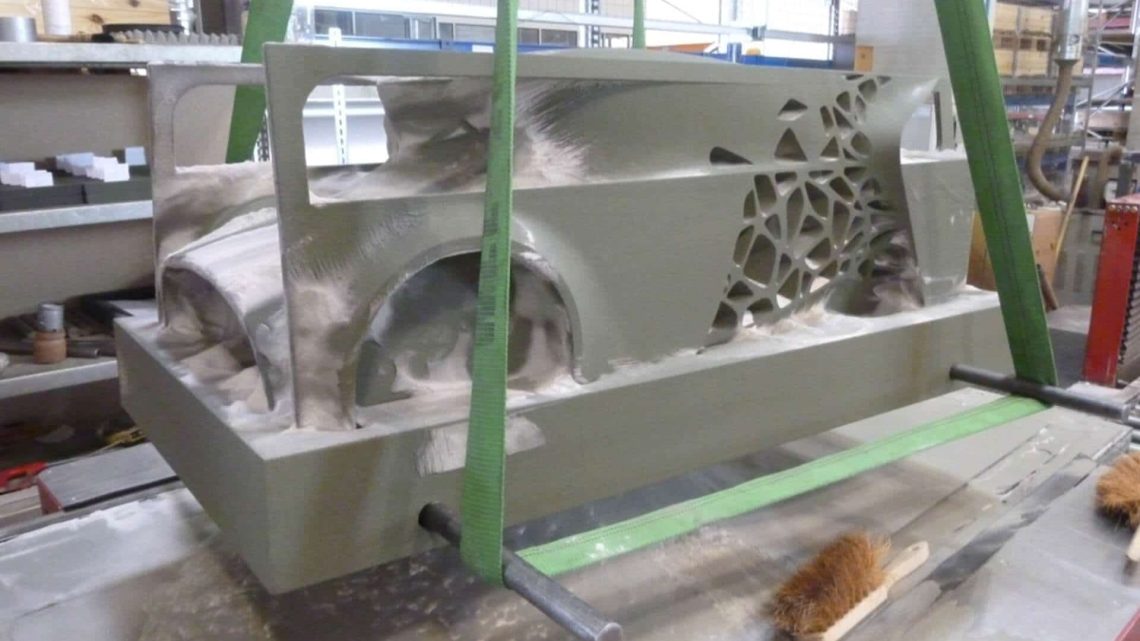
3D-Printed Automotive Components and Their Benefits: The Future of Car Manufacturing
August 11, 2025Let’s be honest—car manufacturing hasn’t changed that much in decades. Sure, robots weld frames faster, and materials are lighter, but the process? Still pretty traditional. That’s where 3D printing swerves into the picture like a sleek, futuristic concept car. It’s not just about prototypes anymore. Entire functional automotive components are now rolling off printers, not assembly lines. And the benefits? Well, buckle up.
Why 3D Printing is Shifting Gears in Automotive
Traditional manufacturing is like baking a cake with a fixed mold—you’re stuck with that shape unless you buy a new pan. 3D printing? More like piping frosting: layer by layer, any design you dream up. For automakers, this means unprecedented flexibility. Need a custom bracket? Print it. A lightweight, complex air vent? Done. No costly retooling, no waiting months for parts.
Key Benefits of 3D-Printed Car Parts
Here’s the deal—3D printing isn’t just a novelty. It solves real headaches in automotive production. Let’s break it down:
- Weight Reduction: Lighter cars = better fuel efficiency. 3D-printed parts often use lattice structures or hollow designs that cut weight without sacrificing strength. Think of it like a honeycomb—rigid but airy.
- Complexity for Free: Traditional methods charge you extra for intricate shapes. With 3D printing, a wild, organic design costs the same as a simple block. BMW’s i8 Roadster’s roof bracket? A masterpiece of curves, printed in one go.
- Speed to Market: No more waiting for tooling. Ford slashed prototyping time by 90% for some parts. That’s like swapping a horse-drawn carriage for a Tesla.
- Sustainability: Less material waste, fewer CO2-spewing factories. Audi’s recycled aluminum powder for printing? Genius.
Real-World Applications: Who’s Doing What
This isn’t sci-fi. Major players—and startups—are already road-testing 3D-printed components. Here’s a quick pit stop:
| Company | Innovation | Impact |
| Bugatti | Titanium brake calipers | World’s largest 3D-printed car part (saves 40% weight) |
| Local Motors | Entire 3D-printed car (Strati) | 50 parts vs. 25,000 in traditional cars |
| Porsche | Classic car restoration parts | Rare components on-demand, no molds needed |
Even niche markets benefit. Vintage car enthusiasts? They’re printing discontinued parts. Racing teams? Custom aerodynamic tweaks overnight. The aftermarket scene? Exploding with personalized accessories.
The Roadblocks (Because Nothing’s Perfect)
Okay, it’s not all smooth cruising. 3D printing has speed bumps:
- Material Limits: Not all metals/polymers are printer-friendly yet. High-stress parts? Still a challenge.
- Scale Costs: Great for prototypes or low-volume—less so for mass production (for now).
- Regulatory Hurdles: Safety certifications move slower than tech. Crash-testing a 3D-printed chassis? Paperwork galore.
That said, these are temporary detours. As printers get faster and materials smarter, even mainstream models will likely adopt printed parts.
The Future: What’s Around the Bend
Imagine this: Your car gets a recall notice. Instead of a dealership visit, the manufacturer emails a file. You print the replacement part at home. Far-fetched? Maybe not. With biodegradable materials and AI-optimized designs coming, 3D printing could democratize car ownership—cheaper, greener, hyper-personalized.
And let’s not forget electric vehicles. Their simpler drivetrains are a blank canvas for 3D-printed innovation. Tesla’s gigacastings + printed interiors? A match made in efficiency heaven.
So, is 3D printing the only future of auto manufacturing? Nah. But it’s a thrilling lane change—one that’s already reshaping how cars are built, fixed, and even imagined.





